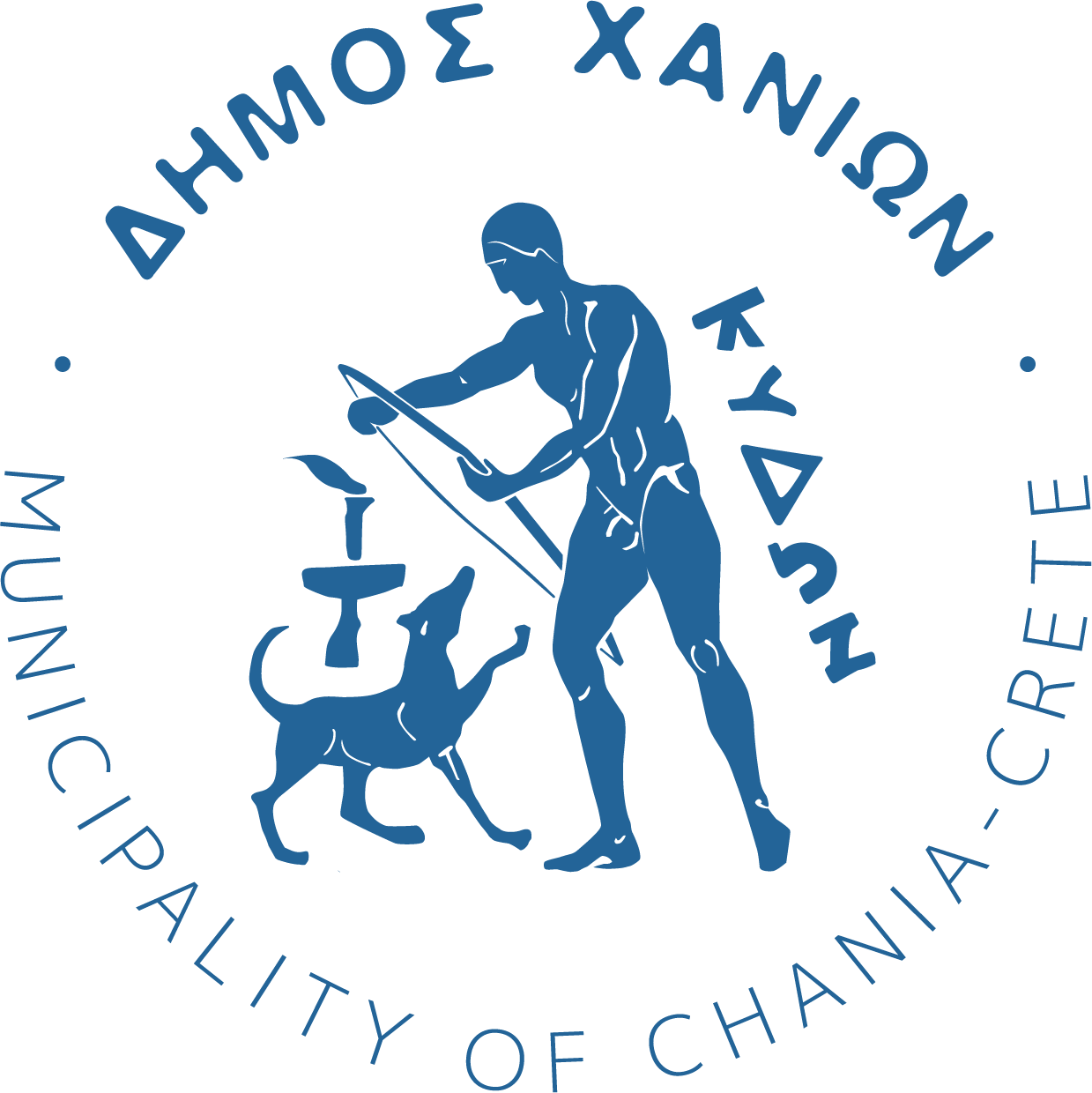The Holy Monastery of Agia Triada Tzagarolon or Mourtaron is located on the peninsula of Akrotiri, near the airport of Chania, on the foothills of Stavros. It is named “Tzagarolon” by the Venetians founders Jeremiah and Laurentius Tzagarolas that were invited to rebuild the older existed small monastery on the same place. Jeremiah began to build a large complex around 1611, and after his death in 1634, his brother Lawrence continued the construction.
The monastery complex is quadrangular, surrounded by a strong rectangular fortification. Inside there is a paved yard, while the center is dominated by the church of the Holy Trinity, who belongs to the architectural type of triconch domed and chapels on the ground floor and the floor. The woodcut iconostasis follows the Cretan tradition of its era, with Baroque elements, while most of the images were created in the mid-19th century by the painter Mercurio from Santorini, which follows the standards of post-Byzantine style. Also, in the Monastery there are the only existing photos of the famous painter Emmanuel Skordili.
The external part of the monastery includes vaulted spaces for the processing and the storage of agricultural products, oil and wine. In the complex there is also a two-storey cemetery complex with the ossuary on the ground floor and the chapel of Christ, a large dining hall, the library, the monk cells, the abbot, the ossuary, a large rainwater storage tank, the press grapes and the stables.
The entrance of the complex is commanding and it is accessible by a grand scale. The facade of the monastery is formed in geometric style, with elements of Renaissance architecture, but the original character has been altered by subsequent interventions.
In 1645, the Ottomans occupied Chania, having as a result the interruption of works redecoration and building work at the base of the big dome. During the Ottoman rule the monastery is known as Selvili Manastir (Monastery of cypresses) and in 1821 was set alight by the conquerors. After the revolution, the monastery was reconstructed and the works related to the construction of the dome, the temple and the church tower are completed.
In 1833, in the monastery had been founded a boarding school and since 1892 there was also a Priestly School. During the revolution of 1897 the monastery was converted into a hospital and headquarters, while at the same time gave asylum to many Christian families. The next few years and more particularly in 1925 and 1952 will lose a significant part of its property for the benefit of the reserve fund. During the occupation suffered several damage from the Germans, who established the Anti- aircraft Artillery School and later, in 1944, an army consisted of 150-200 men.
Today the monastery is an important religious monument, but also an important factor in the economic life of the island, with the cultivation, production and export of green products.




